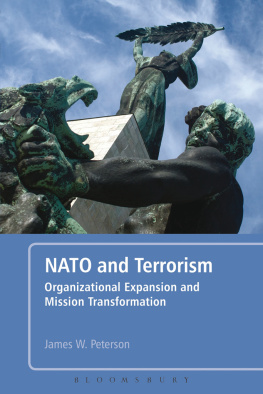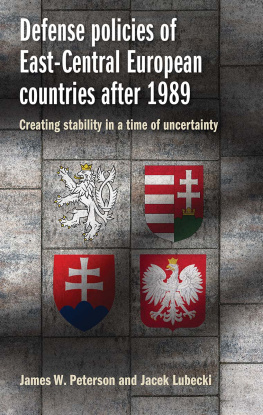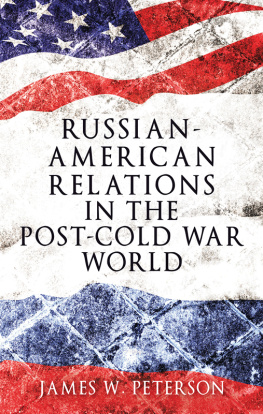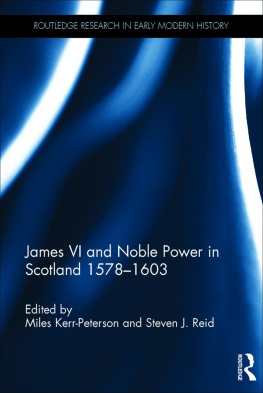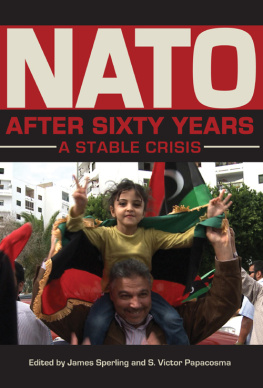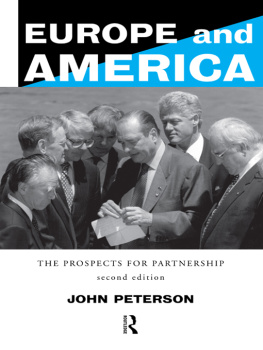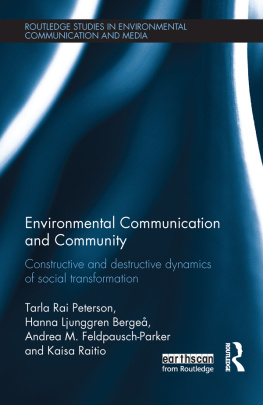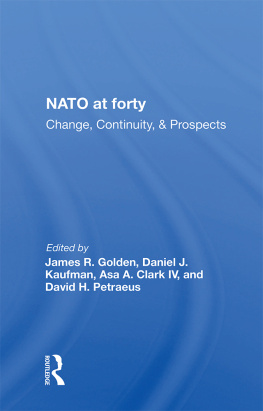Acknowledgments
I would like to thank Ms. Marie Claire Antoine at Continuum Books for supervising the entire project from beginning to end. She demonstrated great interest in the initial stages and worked steadily and patiently with me on all aspects of the book during the past two years. In addition, I am indebted to Murali at Newgen Imaging for his masterful and extremely prompt work on copyediting and page proofs. Further, I am appreciative of the continuing interest in the project demonstrated by my colleagues in the Department of Political Science at Valdosta State University. I would also like to express a special thanks to Dr. Ivan Nikolov, Director of International Programs at Valdosta State. He showed genuine interest in the book and sent me timely recommendations for sources, all of which I fitted into the book. My colleagues in the Department of Politics and European Studies at Palack University in Olomouc, Czech Republic deserve special thanks. Discussions with them about key topics and use of their library have added a unique dimension to several chapters. Further, colleagues at the Department of Political Science and Sociology at Tavrida University, Simferopol, Crimea, Ukraine opened new windows of interest for me in the nations of the Black Sea Region. Finally, Bob Evanson of the University of Missouri/Kansas City offered his moral support and wisdom at several points during the completion of the book.
A version of , European Security, East and West appeared in The Carl Beck Papers in Russian & East European Studies, Center for Russian & East European Studies, University of Pittsburgh, USA.
Introduction
Capturing the changes in the North Atlantic Treaty Organization (NATO) in the two decades since the end of the Cold War is no easy matter. It is the thesis of this book that the capturing process entails three levels that have each been in continuous motion and that have together become inter-locked with one another. There is no chronological sequence to the actions of the three dynamic forces, and they impact one another without notice or warning. The level that ranks first and possesses the most force is clearly terrorism activity itself. Although the acuity of this factor is most evident in the post-9/11 world, its visage appeared in the previous decade in both sporadic outbursts and rogue state behavior. The second-ranked level is the transformation of the missions of the military alliance itself. Instead of the Cold War focus on the European theater, the missions expanded and multiplied to stretch from Bosnia to the shores of Somalia. The third level of analysis, most affected by the others but a powerful factor in its own right, is the organizational expansion of the alliance. Under the twin pressures of terrorist violence and changing missions, NATO expanded its membership by 75 percent in the two decades that followed the close of the Cold War in 1989. Interpenetration of these three levels set the agenda for NATO, but the constant uncertainties, disagreements, and explosions within this interactive system made it difficult to complete successfully and fully many of the ensuing challenges. However, a deeper understanding of this imperfectly functioning, three-layered dynamo can generate conclusions that will enable an expanded organization to be better prepared to confront, contain, and eventually defeat the most serious threat to the global community to emerge in the post-Cold War period.
The first and last chapters are bookends between which the topical chapters are arrayed and stacked. In , NATOs assumption of very different kinds of missions receives analysis in light of their ability to reconfigure the machinery of engagement with an enemy whose terrorist tactics seem to have no civilized bounds.
The second and third chapters are also paired by theme, as they emphasize the process of expansion of the alliance from 16 to 19 members. In , the three nations that navigated the process from PfP Status to full membership in NATO are the subjects of concern. Those new alliance partners included the Czech Republic, Hungary, and Poland.
are joined in spirit through the spotlight that they cast on the more tricky membership questions that ensued after 1999, and especially after September 11, 2001. NATO took seven more countries formally into its structure in 2004, three years after the terrorist attacks on the Twin Towers and Pentagon. In fact, the key decision to bring them in was made symbolically in Prague, the capital city of a new member from the class of 1999. Further, the inclusion of Bulgaria and Romania as the twenty-fifth and twenty-sixth members of the alliance had much to do with confronting the increased terrorist threat from the Middle East and Persian Gulf region. On the map, the two countries look to be almost physical barriers against dangers emanating from the east. Inclusion of the other five members was also more problematic than the initial expansion of 1999. The three Baltic States of Estonia, Latvia, and Lithuania had been Republics in the old Soviet Union. Slovenia had been part of the Yugoslav Federation until 1991, while Slovakia had been left out of the 1999 class due to the rigidity and even intolerance of some of its domestic policies in the late 1990s. After a lull of several years, alliance expansion emerged as an important question at the Bucharest Summit in spring 2008. As a result, Albania and Croatia joined the military organization in 2009. Georgia and Ukraine did not receive invitations at that time, but the likelihood of their eventual membership continued to roil the waters throughout the period.
The image of a shadow is the unifying theme of , had been the scene of a tragic civil war among Serbs, Muslims, and Croatians in the years 19921995. With a Russian blessing, the Yugoslav/Serb leader Slobodan Milosevic moved into Bosnia and pushed back the Muslims and Croats to the benefit of Bosnian Serbs. Thus, the shadow of the Cold War darkened the entire scene of operations and actions. NATO played a forceful role only in the last months of that war. Kosovo, the scene of much more intense NATO military action in 1999, was still part of Yugoslavia. The shadow of Milosevic was ever-present, as he sought victories for a local Serb minority that he had not been able to win in Bosnia. In both settings, NATO troops worked with UN (United Nations) personnel after the wars to keep the peace.
Considerable NATO capabilities were involved in the American-led wars in both Afghanistan and Iraq early in the twenty-first century. treat those wars from the vantage point of the effect on NATO as well as NATOs influence on their outcomes. The alliance formally took control of the Afghan operation against the Taliban/al Qaeda in late 2006, although many NATO partners had contributed earlier. The war in Iraq was quite a different story, as America clearly sparked that effort of a coalition of the willing. However, the war drained United States and partner nation capabilities to the detriment of critical alliance objectives in Afghanistan and elsewhere. A number of NATO partners, most notably the Poles, took on major duties in Iraq right after March 2003, even though their alliance membership did not require such responsibilities. A formal alliance role emerged with regard to the great need for training police and military personnel through NATO Training MissionIraq (NTM-I).




